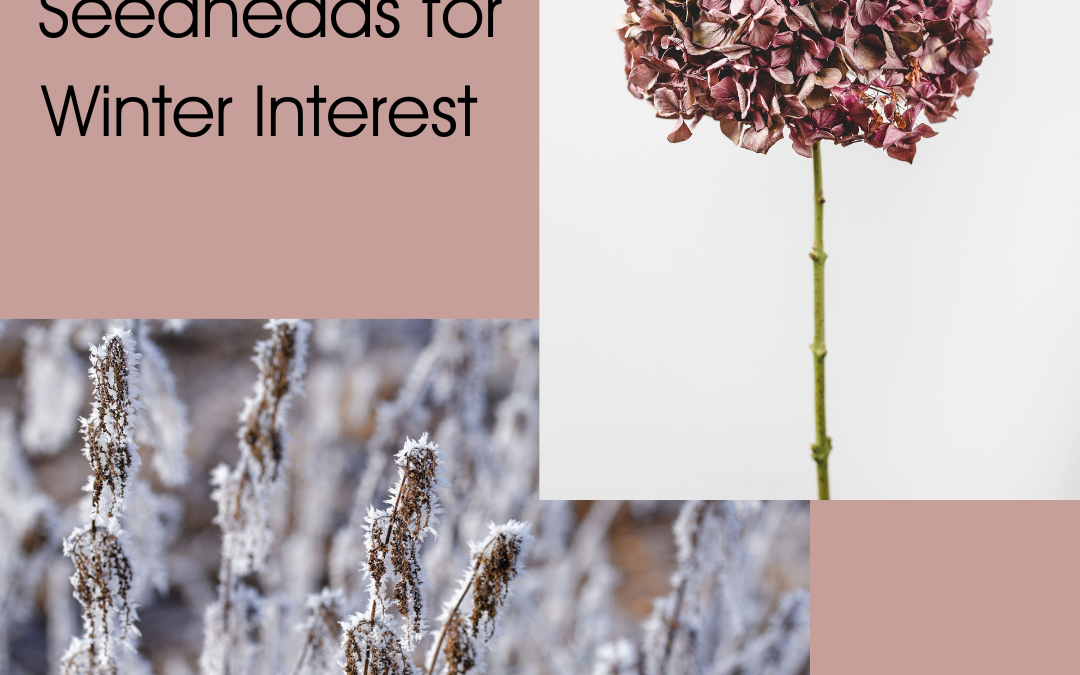There’s something magical about bright frosty mornings in a winter garden. And while evergreen topiary used to bethe main focus of winter structure, the seed heads of perennials and ornamental grasses also give beautiful winter interest. It used to be common practice to chop everything down for winter, but as well as creating beautiful structural shapes in faded greys and browns, leaving seed heads also provides invaluable food for birds and wildlife.
Sedum varieties such as S.‘Autumn Joy’ have wonderful flat heads that turn a chocolate brown in winter and catch the frost beautifully. The dark cones of rudbeckias and echinacea create beautiful winter silhouettes on long stems, while Phlomis russeliana has a strong sculptural form in the winter. Other perennials that tend to have long-lasting seed heads include Agastache ‘Blackadder’ and veronicastrum, that have spire-like flower heads that fade to brown, as well as eupatorium which has delicate but upright skeletons and some asters. Baptisia australis, a member of the pea family, has flowers that turn to black seed pods for winter interest. Hydrangea seed heads are also lovely and sculptural – and leaving them on protects the plant over winter too.
The shapes of dying perennials look particularly effective when highlighted against golden grasses such as sporobolus and deschampsia. Sunlight enhances the whole effect – particularly the magical early morning or late afternoon sun. Ornamental grasses such as Calamagrostis ‘Karl Foerster’ or Miscanthus sinensis varieties look wonderful when they’re backlit by the slanting winter sun giving off a silvery glow. Varieties of panicum also take on a gorgeous fiery orange colour into winter that lights up in the sun. The winter sun also makes the silvery white stems of perovskia or the silvery architectural foliage and seed heads of Eryngium giganteum shine beautifully.
Delicate grasses and seed heads may get a little battered over the winter period by rain, winds, frosts and snow. But just trimming off any tatty or damaged material should keep them going until you’re ready to chop everything down in late winter to make way for new spring growth.

